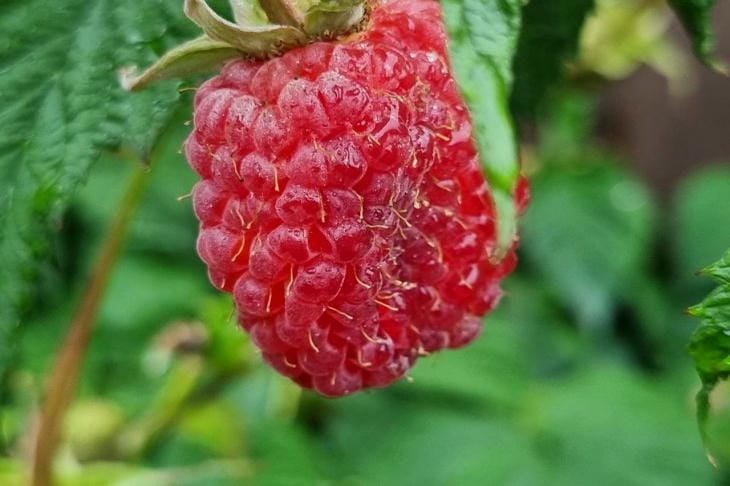How to Prepare Raspberries for Winter in the Fall: Secrets of Successful Wintering of Sweet Berries
Proper preparation of raspberries for the winter season is the key to a rich harvest next year.
Experienced gardeners know: autumn work in the raspberry patch determines the future fruiting and health of the bush.
Pruning raspberry bushes
Autumn pruning is the most important stage in preparing raspberries for the cold weather. Fruit-bearing shoots should be removed at the root.
Young annual branches should be shortened to a height of 1-1.2 meters. Cuts are made with sharp pruning shears at an angle of 45 degrees.
Clearing the area
Clearing away plant debris around the bush plays an important role in disease prevention.

Fallen leaves, dry twigs and weeds must be collected and removed from the area. Cleanliness in the raspberry patch helps prevent the development of fungal diseases.
Fertilizing and mulching
Fertilizing in the fall strengthens the root system of raspberries. Phosphorus-potassium compounds are added to the soil after the leaves fall. Mulching the trunk circles with peat or humus creates a protective layer for the roots.
Loosening the soil
Autumn loosening of the soil around the bushes helps to saturate the soil with oxygen. The depth of cultivation is 10-15 centimeters. The loose structure of the soil improves the penetration of moisture to the roots.
Shelter for the winter
Bending the stems is a mandatory procedure in regions with severe winters. The shoots are tied into bundles and bent toward the ground. Covering material is spread over the bushes after the first frost.
Protection from rodents
Prevention of damage caused by rodents includes tying the lower part of the bushes with spruce branches. In addition, special repellents are placed around the perimeter of the raspberry patch.
Watering raspberries Moisture-charging watering is carried out at the end of autumn before the onset of stable cold weather. Sufficient moisture helps plants better survive the winter period.
